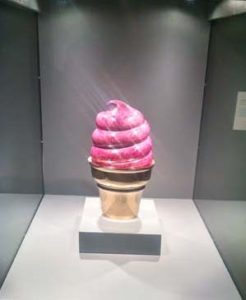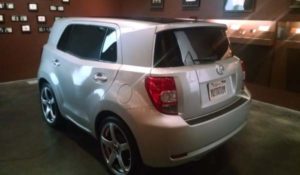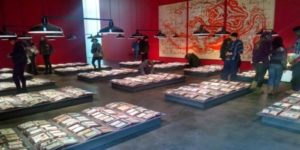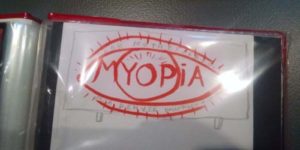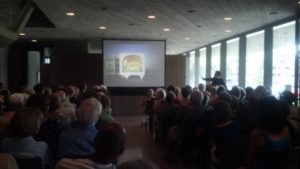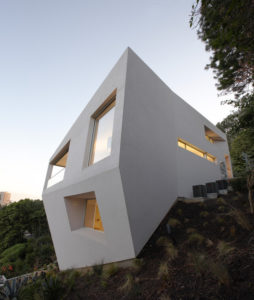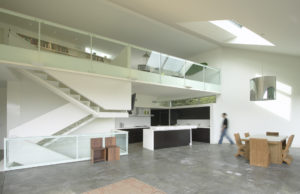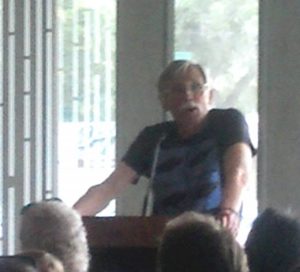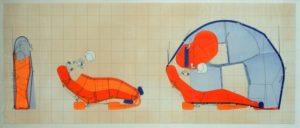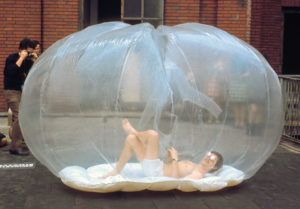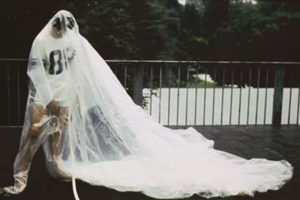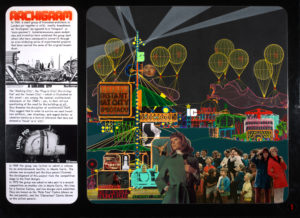Weekend Recap – Lizzi Bougatsos at Dikeou Pop-Up: Colfax
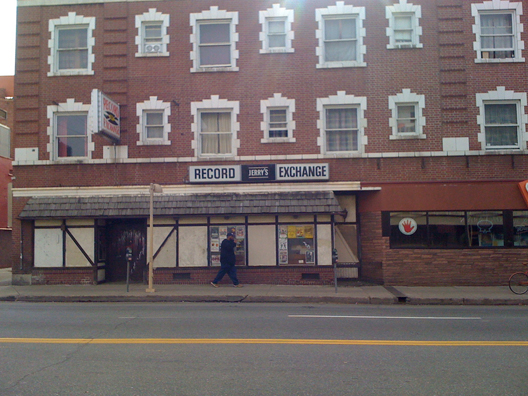
Dikeou Pop-Up: Colfax occupies what was once Jerry’s Record Exchange, a notable spot along East Colfax Avenue that contributed to the colorful culture that populates this legendary strip. Devon Dikeou visited the vacant shop on her last trip to Denver, and knew right away that it was the perfect location for a new pop-up gallery.

The work of a few artists has been on the installation waiting list, but the shifty lights, torn laminate floors, and other forms of structural deterioration within the space would be most accommodating to the provocative and ephemeral creations by Lizzi Bougatsos. The grand opening was set for Friday, April 18, 2014.
She arrived from New York on Thursday afternoon. I met her and Dikeou Collection Director, Saniego Sanchez, in the parking lot behind the pop-up. While shaking hands she says I look really familiar and asks if we’ve met before. I tell her no. “You sure? You ever come to New York?” We make our way inside.

Five of Lizzi’s pieces are installed at Dikeou Pop-Up: Colfax, along with an additional piece, an ice sculpture, which was exhibited at the opening and will be recreated on special occasions.
Pussy For Rent, 2010
Self-Portrait, 2012
Happy Ending 2, 2012
Good Hair, 2010
Dick Toss II, 2012
In God We Bust, 2010
“This is great. This is so rad,” she said as she investigated the space. She hadn’t seen many of these pieces since they were exhibited at James Fuentes about 4 years ago. It was then suggested that we peak downstairs in the basement.
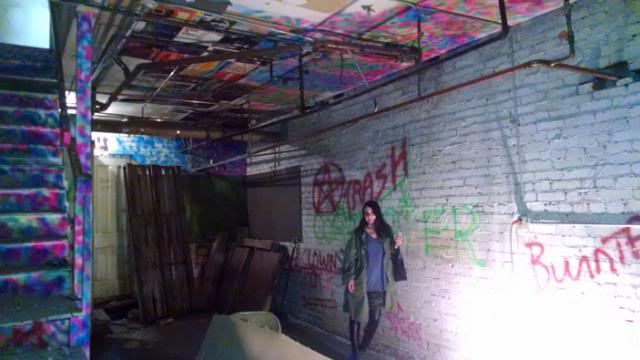
We made our way down the rickety rainbow staircase and found ourselves surrounded by graffiti, album covers glued to the ceiling, and random household objects scattered on the dirt floor. Lizzi loved it. This underground abandonment, stained with a sense of youth, was a very happy place for her.
As we emerge from the basement she asks again, “Are you sure we haven’t met? At James’?” I tell her I’ve only been to his gallery once, to which she replied, “I’m there all the time. It had to have been there.” At this point we all decide to make a quick stop at the Denver MCA to see Rashid Johnson’s show and have a drink at the rooftop bar. On the way to the museum she tells us how she was Kim Gordon’s date to the Rock and Roll Hall of Fame Induction Ceremony where she got to meet Stevie Nicks and Emmylou Harris, and attend the Nirvana after party. Just some of the perks of the rock’n’roll lifestyle. Dinner at Domo Japanese Country food restaurant, museum and garden rounded out the evening.

This picture is from inside the small museum, which is part of a dojo, at the restaurant. Lizzi said Japan is one of her favorite places to travel to because of the food and culture. “This place is my jam,” she said as we left for the night.
The weather was beautiful the next day, perfect for a journey to Red Rocks Amphitheater in Morrison, just 30 minutes outside of Denver. This is one of the most revered performance venues in the world, so naturally Lizzi took the stage with three construction workers on backup.
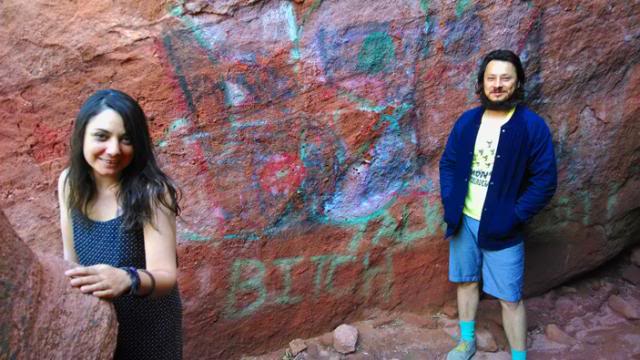
We journeyed down the road a bit and found this colorful little niche. Here’s Lizzi and Saniego posing with some rock art.

Lizzi couldn’t get enough of the great outdoors. We couldn’t hang around too much longer, though, because it was time to get ready for the opening of Dikeou Pop-Up: Colfax!

Green glow emanating from In God We Bust. To the left is a peak at Dikeou Collection’s extensive vinyl record archive (over 8,000 LPs and 45s). The records originally came from Jerry’s Record Exchange, and are now available for pop-up visitors to explore and listen.

Lizzi was the DJ for the night and played tunes from the archive.



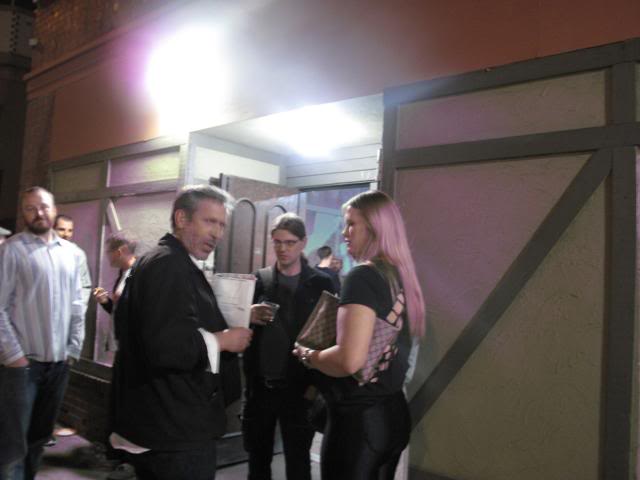

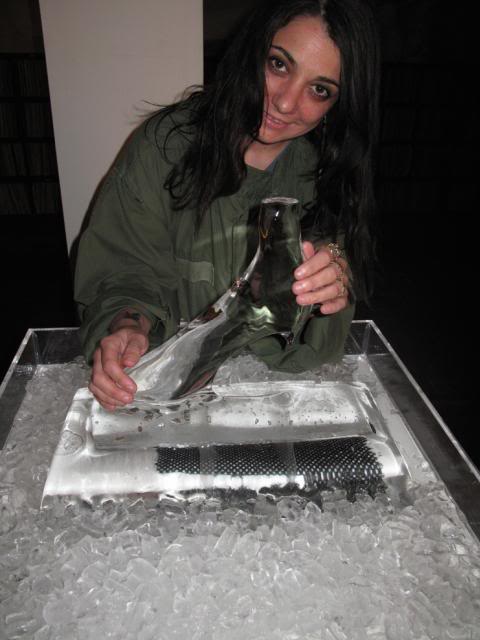
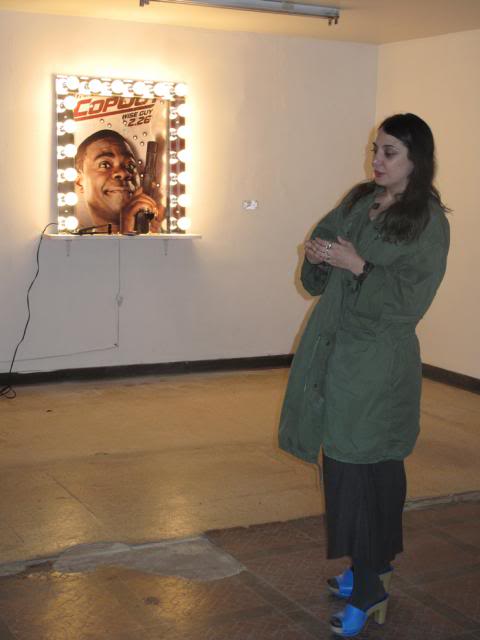
The next day Lizzi hosted an artist talk at the pop-up. She said it was challenging to discuss some of these works because they were made several years ago and her thoughts and process have changed. Pieces like Happy Ending II and Self-Portrait are more representative of the direction she is heading with her art. Her recent interview with zingchat covers a lot of what she expressed during the talk.
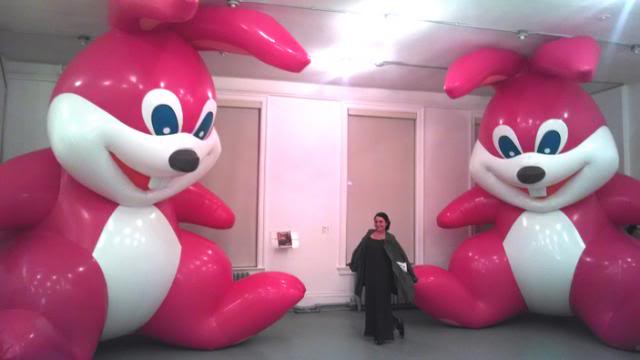
No trip to Denver is complete without a visit to Dikeou Collection, especially now that Lizzi has been officially inducted into the clan. Here she is with Momoyo Torimitsu’s Somehow I Don’t Feel Comfortable in her Easter Sunday dress.
Dikeou Collection would like to extend a big thanks to Lizzi for traveling to Denver for the opening of Dikeou Pop-Up: Colfax. It was such a treat to spend time with this talented artist and introduce her work to the Denver art community.
Dikeou Pop-Up: Colfax is located at 312 East Colfax Ave. and is open Wednesday through Friday, 11:00-5:00. The “Fresh Jazz and Crisp Vinyl Series” featuring the Jean Luc Davis Quartet will happen there on Friday, May 16 at 7:00 PM.

-Hayley Richardson
April 28, 2014


















